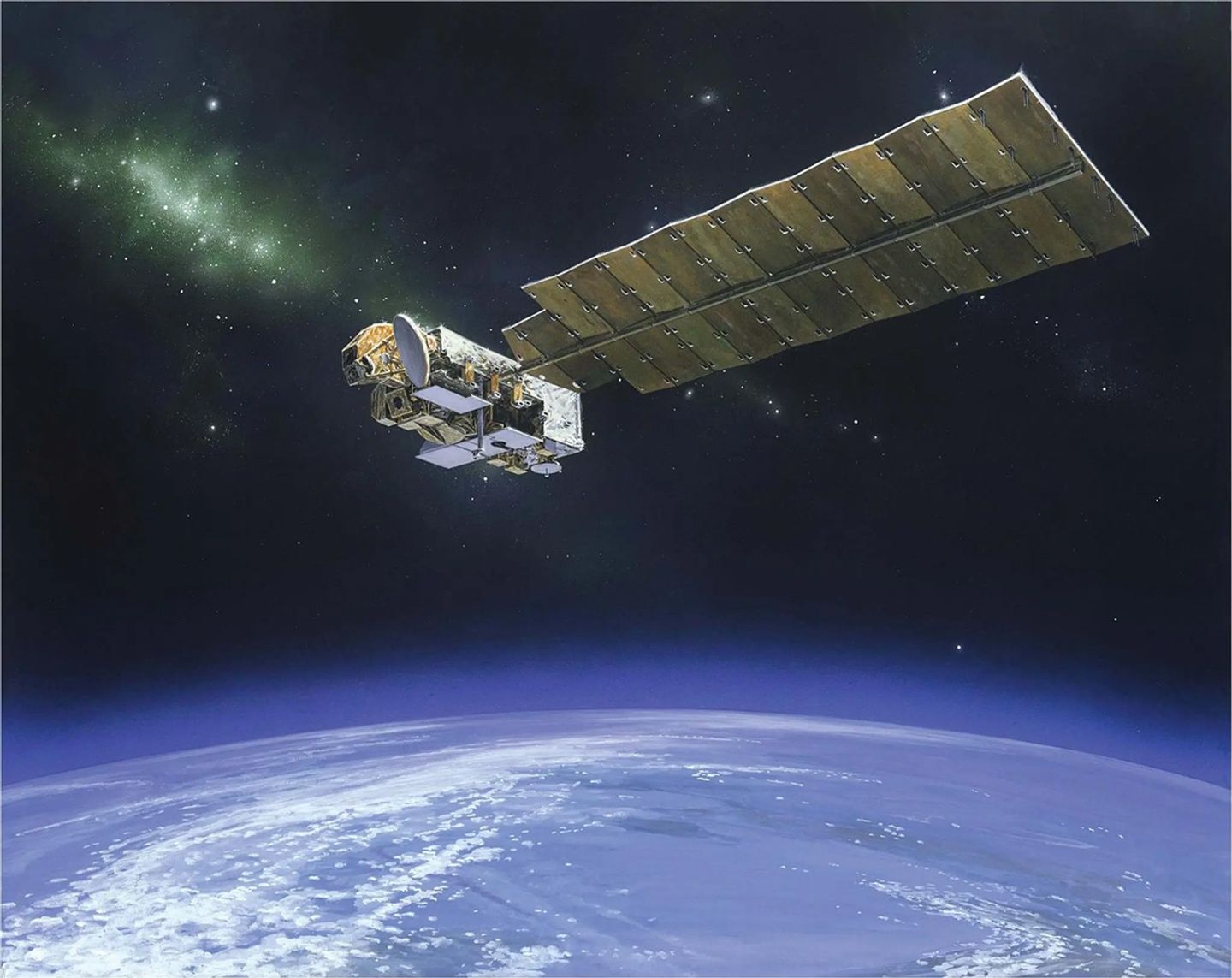Predicting the Effect of Efforts to Contain the Spread of COVID-19
Using machine learning enriched with Aura Ozone Monitoring Instrument (OMI) Nitrogen Dioxide data assists in predicting the effect of confinement on the COVID-19. The authors found that changes in spaceborne tropospheric NO2 column concentrations, when used as a proxy of economic activity, can be a significant predictor for the deceleration of COVID-19 spread.

This study shows how satellite observations of NO2 can provide proxy data for the effectiveness of lockdowns during the COVID-19 pandemic.The authors’ method has three important applications:
- Identification of areas where containment can effectively decelerate the increase in COVID-19 cases.
- Evaluation of the effects of large-scale activity reduction and microlevel non-pharmaceutical interventions (NPIs), which is particularly important for areas where containment efforts are less effective.
- Combined with atmospheric inversion models to attribute the observed changes in NO2 to specific economic sectors, since the real-time NO2 can be achieved at a high resolution from space to match the resolution (50 to 100 km) of transport models.
Data Sources:
Aura Ozone Monitoring Instrument (OMI) nitrogen dioxide (NO2) data: Daily NO2 data from the OMI product version 3.0 (OMI/Aura NO2 Cloud-126 Screened Total and Tropospheric Column L3 Global Gridded 0.25°×0.25°Version 3), available for 2016 to 2020 are compiled from the Earth Observing System Data in the Information System Distributed Active Archive Centers (https://earthdata.nasa.gov/). The pixel-level data are filtered for clear sky conditions by removing data with a cloud fraction higher than 30%. Daily NO2 below the random noises of the retrieval product (0.45 ×1015molecules/cm2) are excluded from the analysis to reduce errors in observation at high solar-zenith angles and over snow or ice surfaces.
References:
Xing et al. (2021). Predicting the effect of confinement on the COVID-19 spread using machine learning enriched with satellite air pollution observations. Proceedings of the National Academy of Sciences, 118 (33) e2109098118; DOI: 10.1073/pnas.2109098118
10.2021
OMI
Aura’s Ozone Monitoring Instrument (OMI) instrument can distinguish between aerosol types, such as smoke, dust, and sulfates, and measures cloud pressure and coverage, which provides data to derive tropospheric ozone.…
Learn More


























